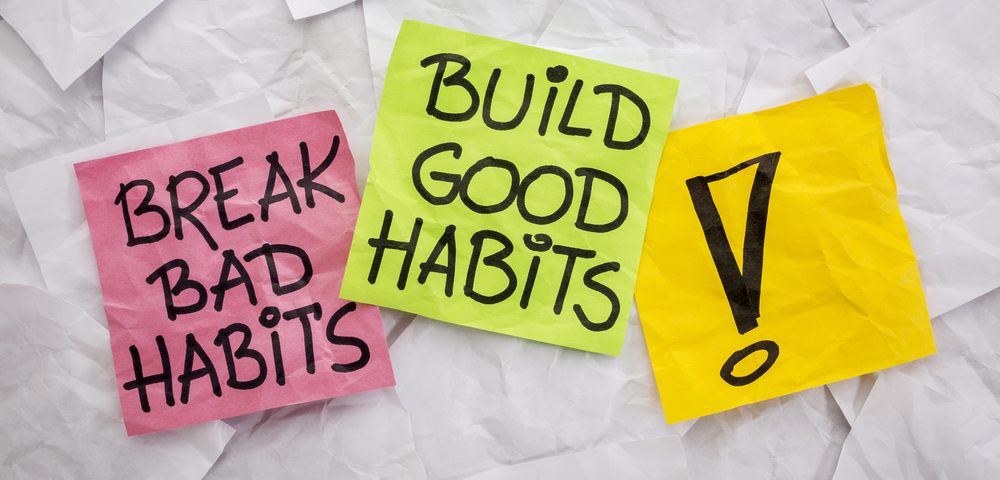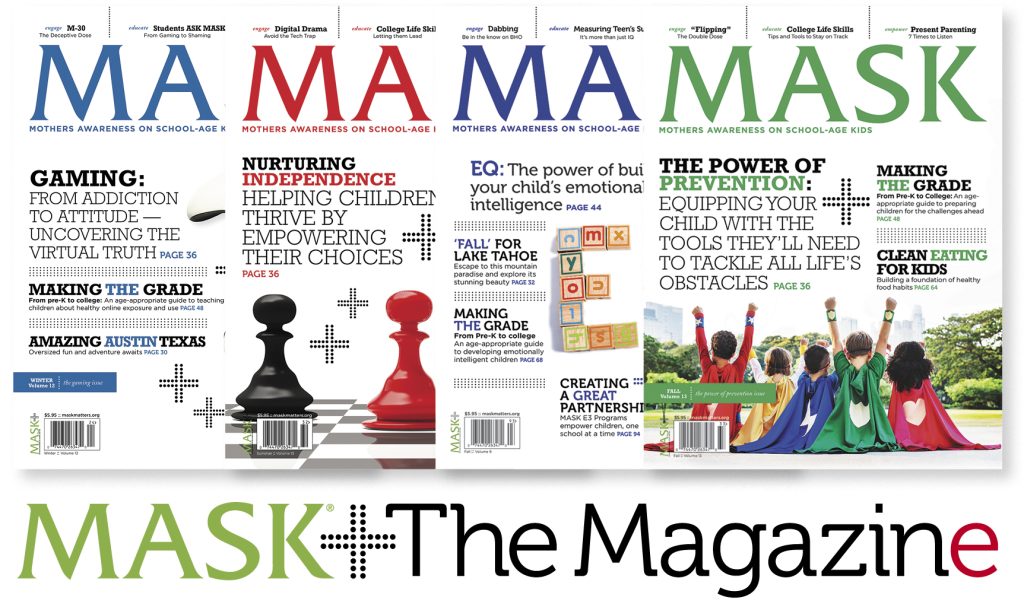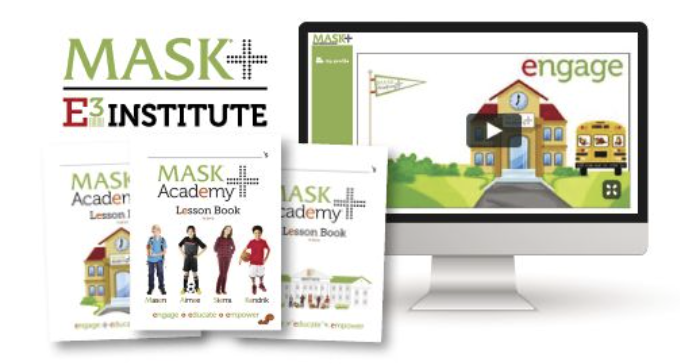
How to Learn your Child’s Communication Type
September 11, 2024
Peer Pressure Exit Strategies
September 16, 2024Modeling a healthy body image is essential for promoting self-esteem and mental well-being, especially for children and teens. Here are some strategies to effectively model and promote a healthy body image:
Lead by Example
- Positive Self-Talk: Speak positively about your own body and avoid making negative comments about your appearance or weight.
- Healthy Lifestyle: Demonstrate a balanced approach to diet and exercise, focusing on health and well-being rather than weight loss or appearance.
- Body Respect: Show respect for your body by treating it well, such as getting enough sleep, staying active, and eating nutritious foods.
Promote Body Positivity
- Diverse Representation: Expose children to a variety of body types, shapes, and sizes in media and everyday life to show that beauty and health come in many forms.
- Compliment Character: Focus on complimenting children’s skills, talents, and character traits rather than their appearance.
- Avoid Comparisons: Discourage comparing oneself to others, emphasizing that everyone is unique and valuable in their own way.
Encourage Healthy Habits
- Balanced Diet: Encourage a balanced and varied diet without labeling foods as “good” or “bad.” Focus on the nutritional benefits of different foods.
- Enjoyable Exercise: Promote physical activity as a fun and enjoyable part of life, rather than a means to change appearance or lose weight.
- Mindful Eating: Teach mindful eating practices, encouraging listening to hunger and fullness cues and enjoying food without guilt.
Open Communication
- Discuss Media Influence: Talk about how media and advertising can create unrealistic and unhealthy body standards. Encourage critical thinking about the images and messages they encounter.
- Body Changes: Have open conversations about body changes during puberty and development, normalizing the diversity of growth patterns and body types.
- Address Concerns: If children express concerns about their bodies, listen empathetically and provide reassurance and support.
Foster Self-Esteem and Confidence
- Skills and Interests: Encourage children to pursue hobbies, skills, and interests that build confidence and self-worth independent of appearance.
- Positive Role Models: Introduce them to role models who exemplify confidence, self-acceptance, and healthy lifestyles.
- Celebrating Achievements: Celebrate achievements and efforts rather than focusing on physical appearance.
Create a Supportive Environment
- Safe Space: Create an environment where children feel safe to express their feelings and concerns about body image.
- No Body Shaming: Establish a zero-tolerance policy for body shaming or teasing based on appearance, either at home or in social circles.
- Inclusive Activities: Promote inclusive activities that welcome all body types and focus on participation and enjoyment.
Continuous Education
- Body Diversity Education: Teach about body diversity, genetics, and the natural variations in human bodies.
- Health Education: Provide education on health and wellness that emphasizes overall well-being rather than appearance.
- Resilience Building: Help build resilience against negative body image influences by teaching coping strategies and promoting a positive self-view.
By modeling healthy attitudes and behaviors and creating a supportive environment, you can help children and teens develop a positive body image and a healthy relationship with their bodies.
To learn more tips and parenting subscribe to MASK The Magazine, parenting solutions for today’s families
Subscribe to MASK The Magazine
Or
Did you know that you can add past issues of MASK The Magazine and start your MASK Library –
Enroll your child or school in the MASK E3 Institute to equip them with the knowledge to make safe healthy and informed decisions.




